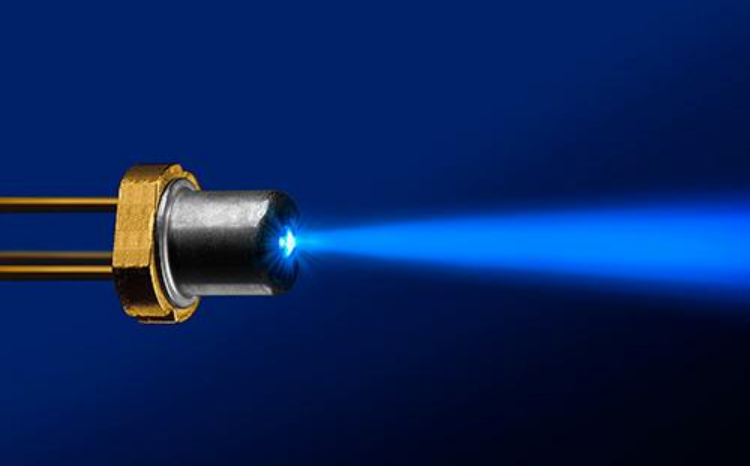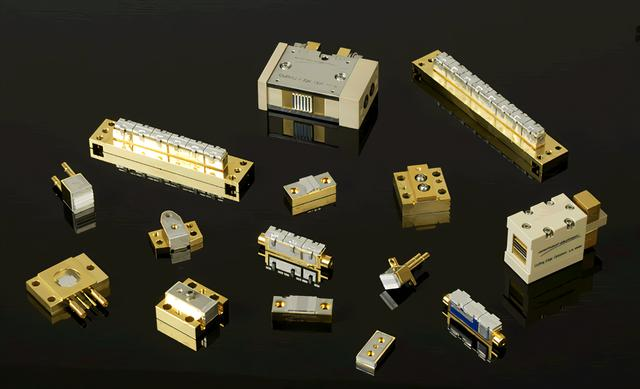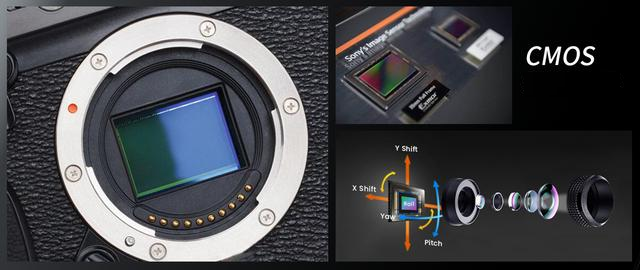Fiber Optic Tech
Introduction of LED, LD and Photodetectors
Semiconductor optoelectronic devices are various functional devices made by utilizing the light-to-electricity conversion effect. That is to say, through the conversion and control of light and electricity, these devices can achieve a variety of functions. Its main representatives include LED (light emitting diode), LD (laser diode) and photodetector, etc.

LED is the abbreviation of Light Emitting Diode. It is widely seen in daily life, such as display screens, lighting lamps, traffic lights, etc., which are the most basic applications of LED. LED is a semiconductor device that can convert electrical energy into visible light. They can emit light of various colors and have the characteristics of small size, long life, low energy consumption and rich colors. The most notable features of LEDs are their long service life and high photoelectric conversion efficiency. Basically, in the PN junction of some semiconductor materials, when the injected minority carriers recombine with the majority carriers, excess energy will be released in the form of light, thereby directly converting electrical energy into light energy. When a reverse voltage is applied to the PN junction, it is difficult for minority carriers to be injected, so it does not emit light. This type of diode made using the principle of injection electroluminescence is called a light-emitting diode, commonly known as LED.
If LED is the body, then the LED chip is its heart. The LED chip is the core component of LED. It is a semiconductor chip. One end of the chip is attached to a bracket, one end is the negative electrode, and the other end is connected to the positive electrode of the power supply, so that the entire chip is encapsulated in epoxy resin. LED chips need to go through processes such as packaging, testing, and sorting before they can become usable LED products. There are many different types of LED chips, such as LED, OLED, MiniLED, MicroLED, etc. They have different performances and characteristics based on different light-emitting principles and structures, and are also suitable for different fields.

LED chips are the core and highest value-added link in the LED industry chain, and are also a key factor affecting LED performance and quality. With the continuous development and innovation of LED technology, LED chips are constantly improving their efficiency, brightness, stability and reliability to meet the market's demand for higher performance and lower cost.
LD is the abbreviation of Laser Diode, which is a semiconductor device that can generate laser light. The physical structure of the Laser Diode is to place a layer of photoactive semiconductor between the junctions of the light-emitting diode. Its end surface is partially reflective after being polished, thus forming an optical resonant cavity. In the case of forward bias, the LED junction emits light and interacts with the optical cavity, thereby further stimulating the emission of a single wavelength of light from the junction. The physical properties of this light are material-dependent. The working principle of semiconductor laser diodes is theoretically the same as that of gas lasers. They can emit monochromatic, unidirectional, coherent strong light and have the characteristics of small size, high efficiency, easy modulation and adjustable wavelength. Laser Diode has been widely used in fiber optic communications, laser printing, laser cutting and other industries.


LD is also divided into many different types, such as non-communication laser chips and optical communication laser chips. They are used in different scenarios according to different operating wavelengths and powers.
Difference between LED and LD
Principle: LED uses spontaneous emission recombination of carriers injected into the active area to emit light, while LD uses stimulated emission recombination to emit light. LD emits laser light, which is very directional and is coherent light; LED emits fluorescence, which is divergent in direction and is incoherent light.
Light Emission: LED emits light through spontaneous emission. This means electrons in the device fall from a higher energy state to a lower one, releasing energy in the form of light in various directions. LD emits light through stimulated emission. In this process, incoming photons stimulate the release of further photons, resulting in a coherent (in phase) and highly directional light beam.
Output: LED generally has lower output power and emits light in a wider beam. LD produces a more focused and intense beam with higher output power.
Architecture: LD has an optical resonant cavity, which allows the generated photons to oscillate and amplify in the cavity, while LED does not have a resonant cavity. This results in the LED being unable to accumulate light energy, failing to reach the threshold, and thus unable to generate laser light.
Performance: LED has no critical value characteristics, and its spectral density is several orders of magnitude higher than that of LD. The light output power of LED is small and the divergence angle is large.
Video monitor are typical photoelectric detector applications. In addition, there are many common devices such as scanners, remote controls, solar cells, etc. that have photoelectric detectors.

Photodetectors are also semiconductor devices that perform various functions by converting light energy into electrical energy. They can detect light of various intensities and wavelengths and convert them into current or voltage, thereby conveying corresponding electrical signals. For example, PIN diodes, APD (avalanche diodes), CMOS image sensors (CIS), etc. all belong to the category of photodetectors.
Optoelectronics is a large field. Optoelectronic devices play an important role in our lives and promote technological progress and innovation. With the continuous development of semiconductor technology, semiconductor optoelectronic devices may present more new forms and novel functions.



















